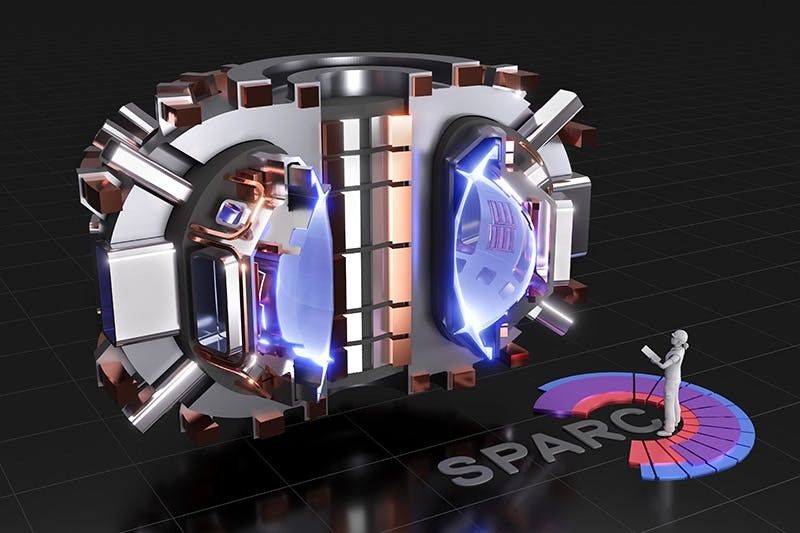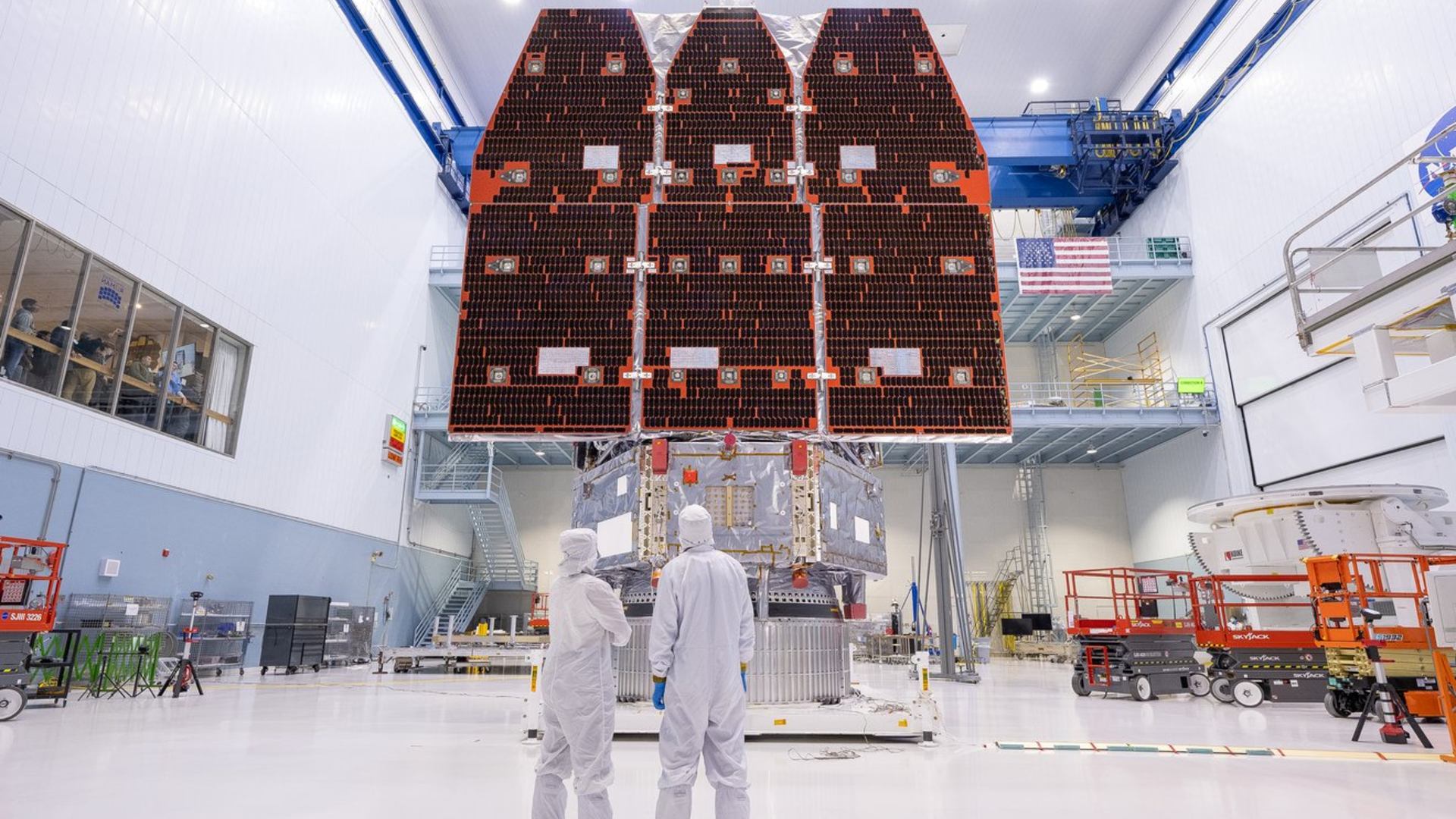Nuclear fusion reactor could be here as soon as 2025

A viable nuclear fusion reactor — one that spits out more energy than it consumes — could be here as soon as 2025.
That's the takeaway of seven new studies, published Sept. 29 in the Journal of Plasma Physics.
If a fusion reactor reaches that milestone, it could pave the way for massive generation of clean energy.
During fusion, atomic nuclei are forced together to form heavier atoms. When the mass of the resulting atoms is less than the mass of the atoms that went into their creation, the excess mass is converted to energy, liberating an extraordinary amount of light and heat. Fusion powers the sun and stars, as the mighty gravity at their hearts fuse hydrogen to create helium.
Related: Science fact or fiction? The plausibility of 10 sci-fi concepts
But an enormous amount of energy is needed to force atoms to fuse together, which occurs at temperatures of at least 180 million degrees Fahrenheit (100 million degrees Celsius). However, such reactions can generate far more energy than they require. At the same time, fusion doesn't produce greenhouse gases such as carbon dioxide, which drive global warming, nor does it generate other pollutants. And the fuel for fusion — such as the element hydrogen — is plentiful enough on Earth to meet all of humanity's energy needs for millions of years.
"Virtually all of us got into this research because we're trying to solve a really serious global problem," said study author Martin Greenwald, a plasma physicist at MIT and one of the lead scientists developing the new reactor. "We want to have an impact on society. We need a solution for global warming — otherwise, civilization is in trouble. This looks like it might help fix that."
Breaking space news, the latest updates on rocket launches, skywatching events and more!
Most experimental fusion reactors employ a donut-shaped Russian design called a tokamak. These designs use powerful magnetic fields to confine a cloud of plasma, or ionized gas, at extreme temperatures, high enough for atoms to fuse together. The new experimental device, called the SPARC (Soonest/Smallest Private-Funded Affordable Robust Compact) reactor, is being developed by scientists at MIT and a spinoff company, Commonwealth Fusion Systems.
If it succeeds, SPARC would be the first device to ever achieve a "burning plasma," in which the heat from all the fusion reactions keeps fusion going without the need to pump in extra energy. But no one has ever been able to harness the power of burning plasma in a controlled reaction here on Earth, and more research is needed before SPARC can do so. The SPARC project, which launched in 2018, is scheduled to begin construction next June, with the reactor starting operations in 2025. This is far faster than the world's largest fusion power project, known as the International Thermonuclear Experimental Reactor (ITER), which was conceived in 1985 but not launched until 2007; and although construction began in 2013, the project is not expected to generate a fusion reaction until 2035.
One advantage that SPARC may have over ITER is that SPARC's magnets are designed to confine its plasma. SPARC will use so-called high-temperature superconducting magnets that only became commercially available in the past three to five years, long after ITER was first designed. These new magnets can produce far more powerful magnetic fields than ITER's — a maximum of 21 teslas, compared with ITER's maximum of 12 teslas. (In comparison, Earth's magnetic field ranges in strength from 30 millionths to 60 millionths of a tesla.)
These powerful magnets suggest the core of SPARC can be about three times smaller in diameter, and 60 to 70 times smaller in volume than the heart of ITER, which is slated to be 6 meters wide. "That dramatic reduction in size is accompanied by a reduction in weight and cost," Greenwald , told LiveScience. "That's really the game-changer."
In seven new studies, researchers outlined the calculations and supercomputer simulations underlying SPARC's design. SPARC is expected to generate at least twice as much as 10 times more energy as is pumped in, the studies found.
The heat from a fusion reactor would generate steam. This steam would then drive a turbine and electrical generator, the same way most electricity is produced nowadays.
"Fusion power plants could be one-to-one replacements for fossil fuel plants, and you wouldn't have to restructure electrical grids for them," Greenwald said. In contrast, renewable energy sources such as solar and wind "are not accommodated well by the current design of electric grids."
The researchers ultimately hope SPARC-inspired fusion power plants would generate between 250 to 1,000 megawatts of electricity. "In the current power market of the United States, power plants typically generate between 100 to 500 megawatts," Greenwald said.
SPARC would only produce heat, not electricity. Once researchers have built and tested SPARC, they plan to construct the ARC (Affordable Robust Compact) reactor, which would generate electricity from that heat by 2035.
"That's very ambitious, but that's the target we're working toward," Greenwald said. "I think it's really plausible."
Originally published on Live Science.

Charles Q. Choi is a contributing writer for Space.com and Live Science. He covers all things human origins and astronomy as well as physics, animals and general science topics. Charles has a Master of Arts degree from the University of Missouri-Columbia, School of Journalism and a Bachelor of Arts degree from the University of South Florida. Charles has visited every continent on Earth, drinking rancid yak butter tea in Lhasa, snorkeling with sea lions in the Galapagos and even climbing an iceberg in Antarctica. Visit him at http://www.sciwriter.us

